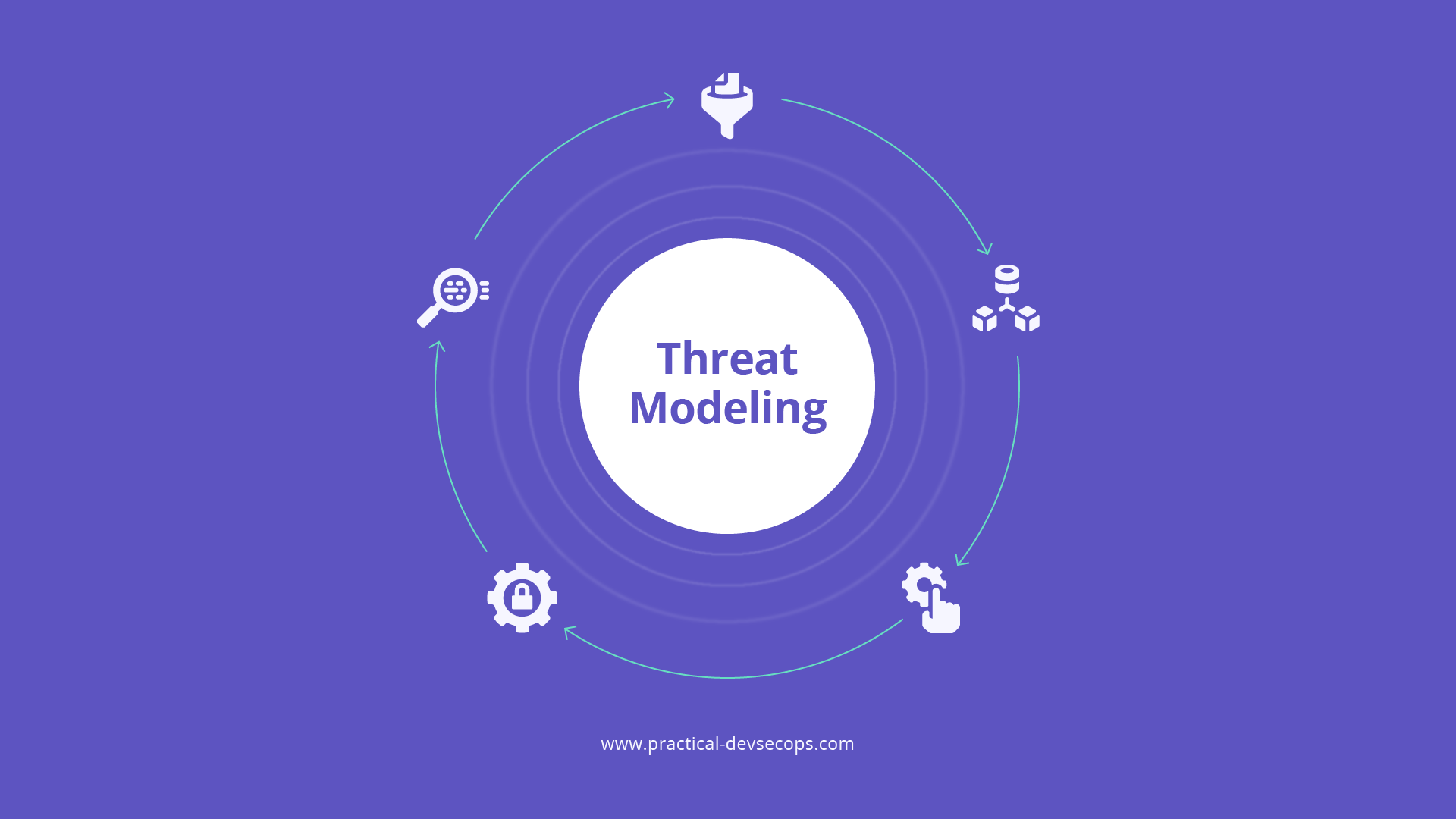Threat modeling tools allows you identifying and categorizing potential risks, vulnerabilities, and protection gaps. It enables organizations to prioritize security measures and implement effective security mitigations. To assist in this process, a variety of top threat modeling tools are available, both commercially and as open-source options.
Here is a list of the top threat modeling tools that organizations can utilize for robust security:
1. IriusRisk:
IriusRisk offers a comprehensive threat modeling and risk management platform that integrates security into the entire development process. It facilitates real-time coordination between security, operations, and development teams, ensuring effective threat modeling and risk management.
Check out the IriusRisk Pricing
2. Threagile:
Threagile is an open-source threat modeling toolkit that allows organizations to model and analyze potential risks in their software architecture. It provides automated risk rule checks and generates reports with risk identification and mitigation recommendations.
Visit Website: Threagile Threat Modeling
3. Tutamen:
Tutamen is a cloud-based threat modeling tool that incorporates security patterns into the design process. It reduces human errors, enhances consistency, and enables seamless integration with Agile/Continuous Integration processes.
Visit Website: Tutamen tool
4. Cairis:
Cairis is an open-source threat modeling platform designed to elicit, describe, and evaluate secure and usable systems. It provides comprehensive support for usability, requirements, and risk analysis, making it a versatile tool for threat modeling.
Visit Website: Cairis
5. Kenna.VM:
Kenna.VM offers risk-based vulnerability management solutions that leverage real-time threat intelligence and predictive algorithms. It prioritizes vulnerabilities based on their impact, enabling organizations to optimize their security efforts effectively.
Visit Website: Kenna.VM
6. OWASP Threat Dragon:
OWASP Threat Dragon is an open-source tool specifically designed for creating threat model diagrams. It supports various threat modeling methodologies, such as STRIDE, LINDDUN, and CIA, and provides a rule engine for automated threat and mitigation generation.
Visit Website: OWASP Threat Dragon
7. SecuriCAD by Foreseeti:
SecuriCAD is a threat modeling and risk management tool that utilizes automated attack simulations to evaluate risks across an organization’s IT infrastructure. It provides decision support based on simulation results, aiding proactive cybersecurity management.
Visit Website: SecuriCAD by Foreseeti
8. ThreatModeler:
ThreatModeler is an automated threat modeling solution that identifies, predicts, and classifies risks throughout the software development life cycle. It enables secure application and infrastructure development while ensuring compliance with regulatory standards.
Visit Website: ThreatModeler
9. Microsoft Threat Modeling Tool:
The Microsoft Threat Modeling Tool is an open-source software that assists in identifying threats during the design phase of software projects. It simplifies threat modeling for developers and provides guidance on creating and analyzing threat models.
Visit Website: Microsoft Threat Modeling Tool Download
10. SD Elements by Security Compass:
SD Elements is a balanced development automation tool that integrates security into the software development life cycle. It automates security and compliance operations, ensuring proactive security measures throughout the development process.
11. Aristiun Threat Modeling Tool
Aribot, an AI-powered platform by Ayurak, enables organisations to secure and provide assurance on their cloud security requirements proactively. The platform offers speedy security and compliance remediation for custom control frameworks or security baselines against industry standards such as ISO27001, CMMC, CIS, and NIST Cyber Security Framework (CSF), among many others.
It lets users detect security issues and run continuous compliance checks quickly and efficiently without using different portals or tools. Users benefit from the ease of managing their resources directly in the CICD pipelines for enhanced agility, especially in DevOps.
Visit Website: Aristiun
When selecting a threat modeling tool, organizations should consider factors such as ease of use, integration capabilities, threat intelligence, reporting capabilities, and scalability to suit their specific requirements.
By employing these top threat modeling tools, organizations can enhance their security posture, mitigate potential risks, and ensure the development of secure software and infrastructure.
